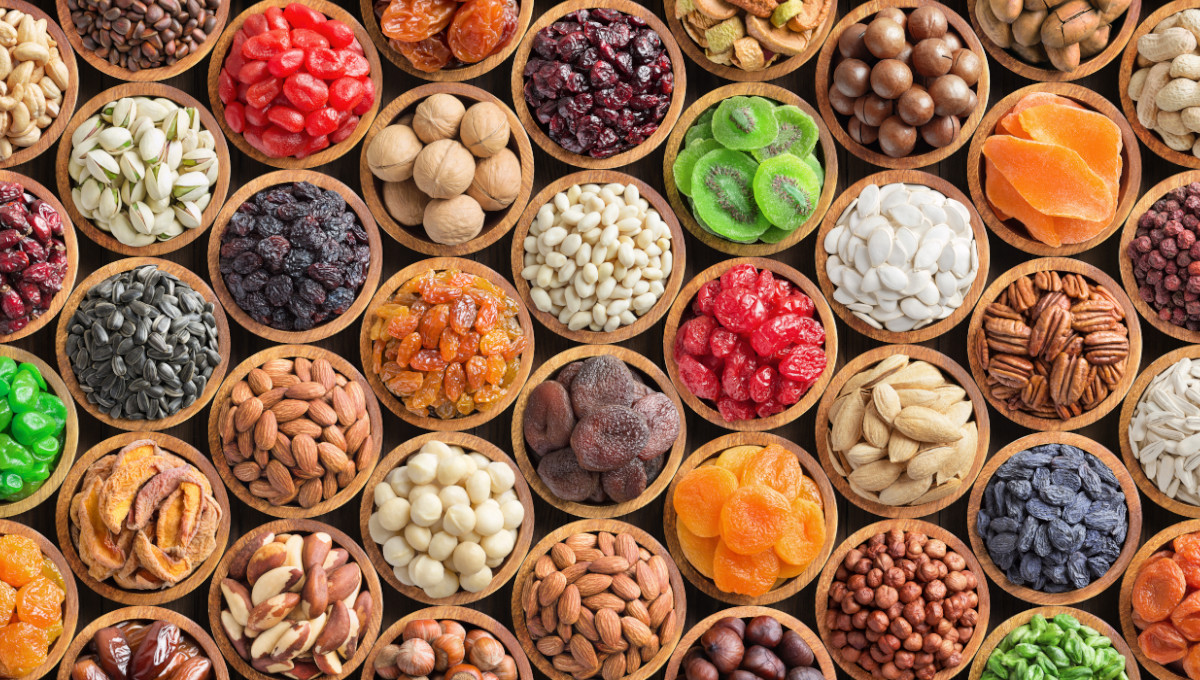New analysis on hazards in low-moisture meals fills essential wisdom gaps and identifies state-of-the-art decontamination gear. The Institute for the Development of Meals and Vitamin Sciences hopes the find out about will empower meals protection execs to cut back dangers within the meals and save you foodborne sickness outbreaks.
For the reason that endurance of pathogens and viruses in elements and ready-to-eat meals has wide-ranging affects on our meals provide, the Institute for the Development of Meals and Vitamin Sciences (IAFNS) is supporting a frame of study in this matter. The research center of attention on low-moisture meals corresponding to nuts, dried culmination, cereal merchandise and chocolate. Those meals are incessantly ingrediates in different meals, so they are able to doubtlessly magnify outbreaks and remembers over all kinds of goods, in step with researchers.
Those research have been carried out as a part of a multi-center analysis collaboration between the College of Guelph, Well being Canada and North Carolina State College. This collaboration enabled the investigators’ numerous views and experience to fortify this line of study.
Consistent with Jeff Farber of the College of Guelph, “the higher consciousness of the significance of low-moisture meals (LMF) as a imaginable car for foodborne sickness has already led to raised approaches towards prevention and keep watch over and can proceed to take action at some point.”
The important thing findings from this collection of research and their affect on public well being are summarized via IAFNS:
Figuring out novel genes that facilitate survival of Salmonella in LMF
Ten genes necessary to Salmonella survival on LMF have been impaired and their survival used to be studied on pistachios. Pistachios have been handled with pathogens after which measured after remedy, after drying and after 120 days. The findings will also be discovered right here.
Modeling Listeria monocytogenes survival on Style LMF
3 style LMFs have been inoculated with a 4-strain cocktail of Listeria monocytogenes to guage their survival beneath long-term (8-12+ months) garage at 23 levels C (73.4 levels F) and four levels C (39 levels F). Decreases in Listeria monocytogenes all the way through garage at the LMF have been the results of each mobile inactivation and transition to a viable-but-not-nonculturable state. The surviving cells — in particular after long-term garage at 4°C at the chocolate liquor and pistachios — remained infectious and in a position to replication. Those findings will lend a hand are expecting long run microbial well being possibility incidents. The paper additionally requires including LMF to meals protection questionnaires used all the way through listeriosis outbreaks as a result of this fear.
Pathogen inactivation
Two decontamination strategies have been studied for inactivating a cocktail of Salmonella or Listeria monocytogenes inoculated on dried strawberries, dried apples, raisins, chocolate crumbs, cornflakes and pistachios. One way used to be in response to an acid-ethanol sanitizer and the opposite blended UV radiation, ozone and peroxide. Each strategies display promise in lowering dangers in LMF relying on the kind of pathogen and product.
Virus isolation
Foodborne viruses corresponding to norovirus and hepatitis A pandemic are extremely transmissible, persist within the surroundings, and withstand inactivation. Meals can develop into infected with those viruses all the way through harvest, dealing with or processing. This find out about in comparison a bead-based magnetic assay with an present Global Group for Standardization way for virus restoration and examined it on chocolate, pistachios and cornflakes. Relying at the meals matrix and the virus, the bead-based assay successfully and unexpectedly extracts viruses from LMF.
Listeria monocytogenes survival and virulence on sure fruit
The survival of Listeria monocytogenes used to be measured all the way through long-term garage on 3 culmination. After dry inoculation and garage at two other temperatures and humidity ranges, the effects display that Listeria monocytogenes is unexpectedly inactivated all the way through garage on raisins and dried strawberries at 23 levels C, yet in a position to long-term survival at 4 levels C.
Virus inactivation
This find out about tested the survival of foodborne viruses in LMF all the way through four-week garage at room temperature. It additionally evaluates a remedy aimed toward inactivating viruses. Pistachios, chocolate and cereal have been inoculated with hepatitis A pandemic and two similar viruses. Then viral survival used to be measured over a four-week incubation at room temperature. The find out about discovered that whilst foodborne viruses can persist for a very long time in LMF, combining UV radiation, ozone and peroxide as a remedy might constitute an efficient inactivation way.
Viable yet nonculturable
On this find out about, dried apples, strawberries and raisins have been blended with a five-strain cocktail of Salmonella after which dried. On the other hand, Salmonella may just now not be recovered, even after being enriched. Using microscopy strategies printed that 56 p.c to 85 p.c of Salmonella cells have been nonetheless viable in spite of their nonculturable state. Those knowledge recommend that the original aggregate of stressors on dried fruit can stay pathogens viable yet undetectable via tradition, posing hidden dangers for meals protection.
(To enroll in a unfastened subscription to Meals Protection Information, click on right here.)

